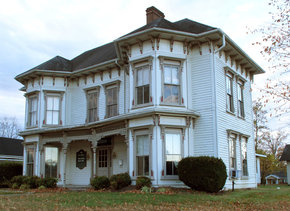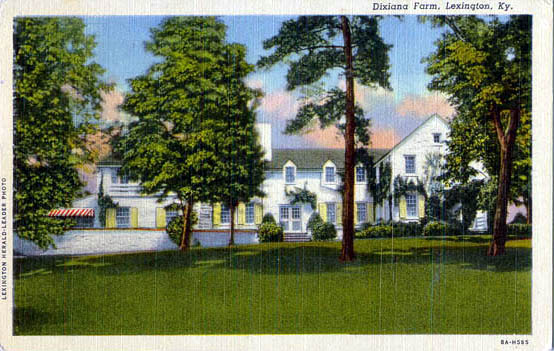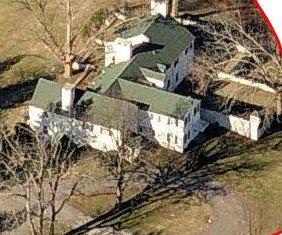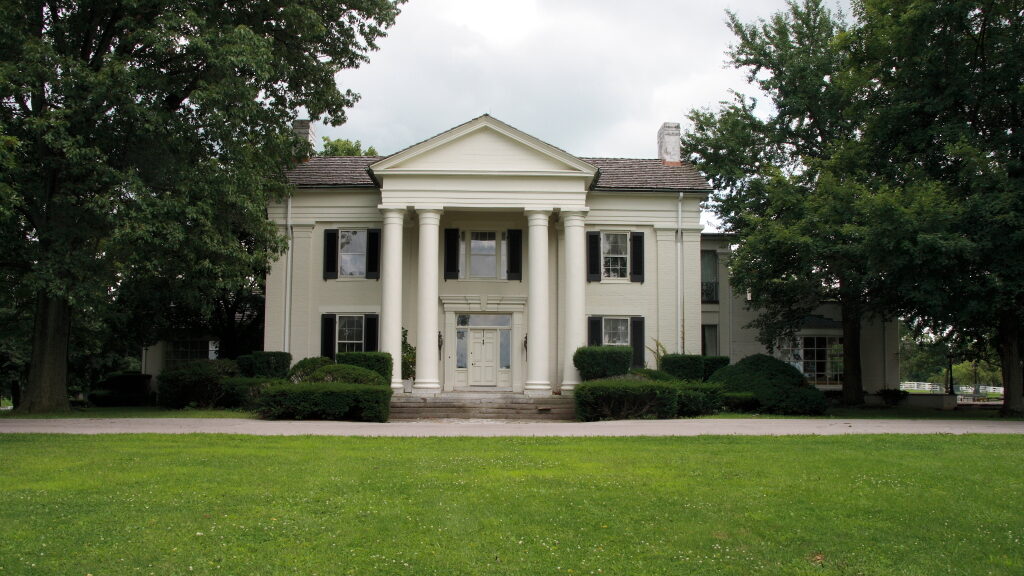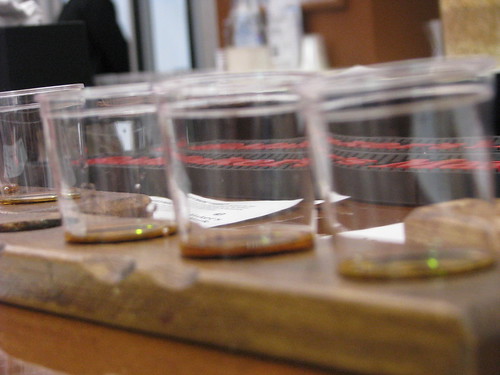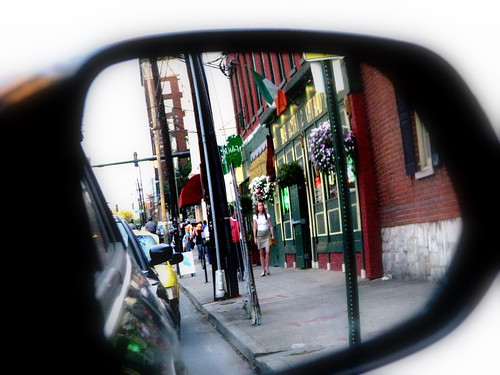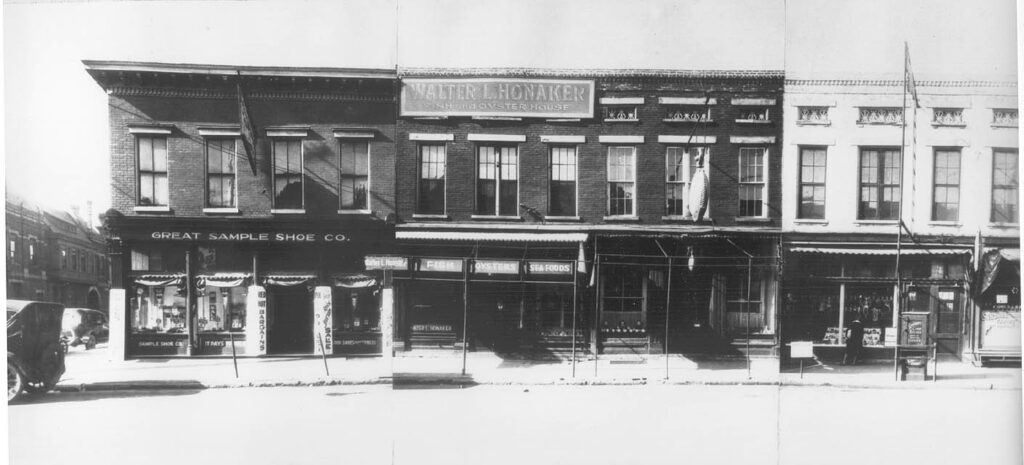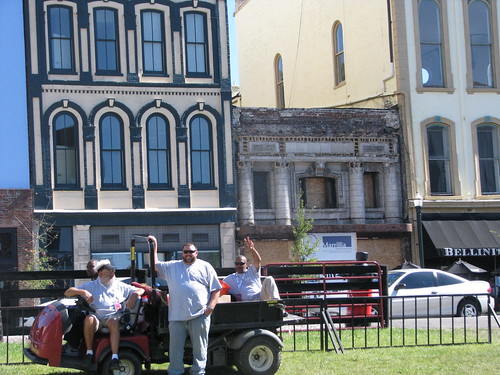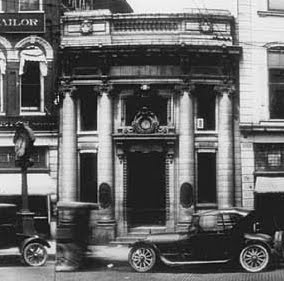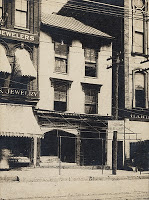At the Kentucky-Charleston Southern football game, I examined the program and read about UK’s “History and Traditions.” I noted one I had not seen before: Nat Northington.
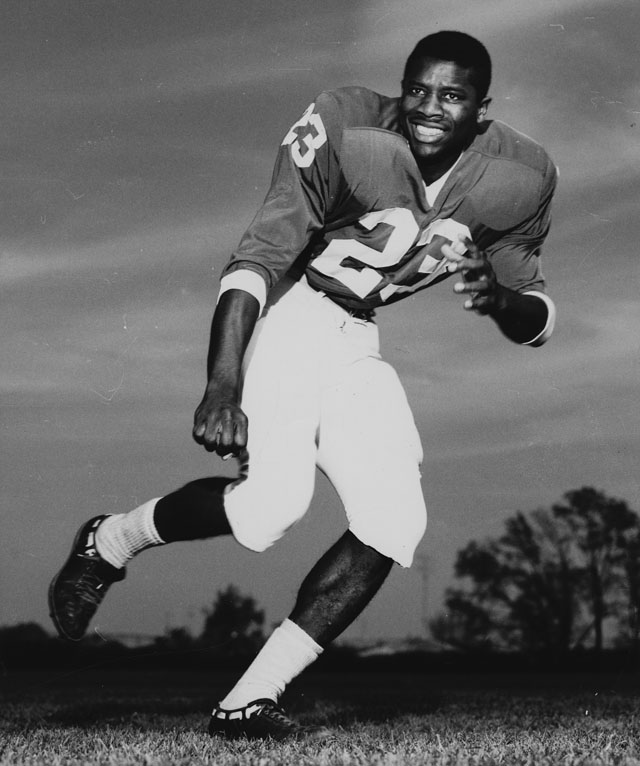 |
| Nat Northington |
Nat Northington was the first African-American football player to sign with an SEC school (UK) when he did so in 1965. Two African-Americans signed with Coach Charlie Bradshaw to the 1967 squad, the other being Greg Page. Page was paralyzed during a preseason practice and died from complications 38 days later; the university opened a residential apartment community bearing Page’s name in the 1979.
As a result of Page’s injury, only Northington would play football for the Wildcats during the 1967 season. He therefore became the first African-American to play in an SEC game when Ole Miss came to Lexington’s Stoll Field on September 30, 1967. It would take another three years before UK’s basketball team would sign an African-American player.
Sources: ESPN, UKAthletics, Lex H-L. Photo: KYVL.

